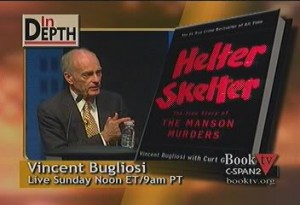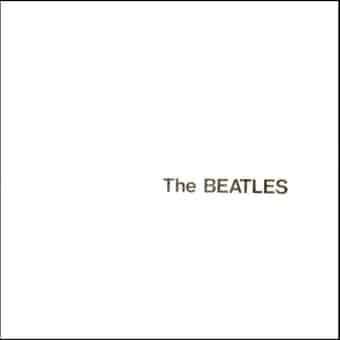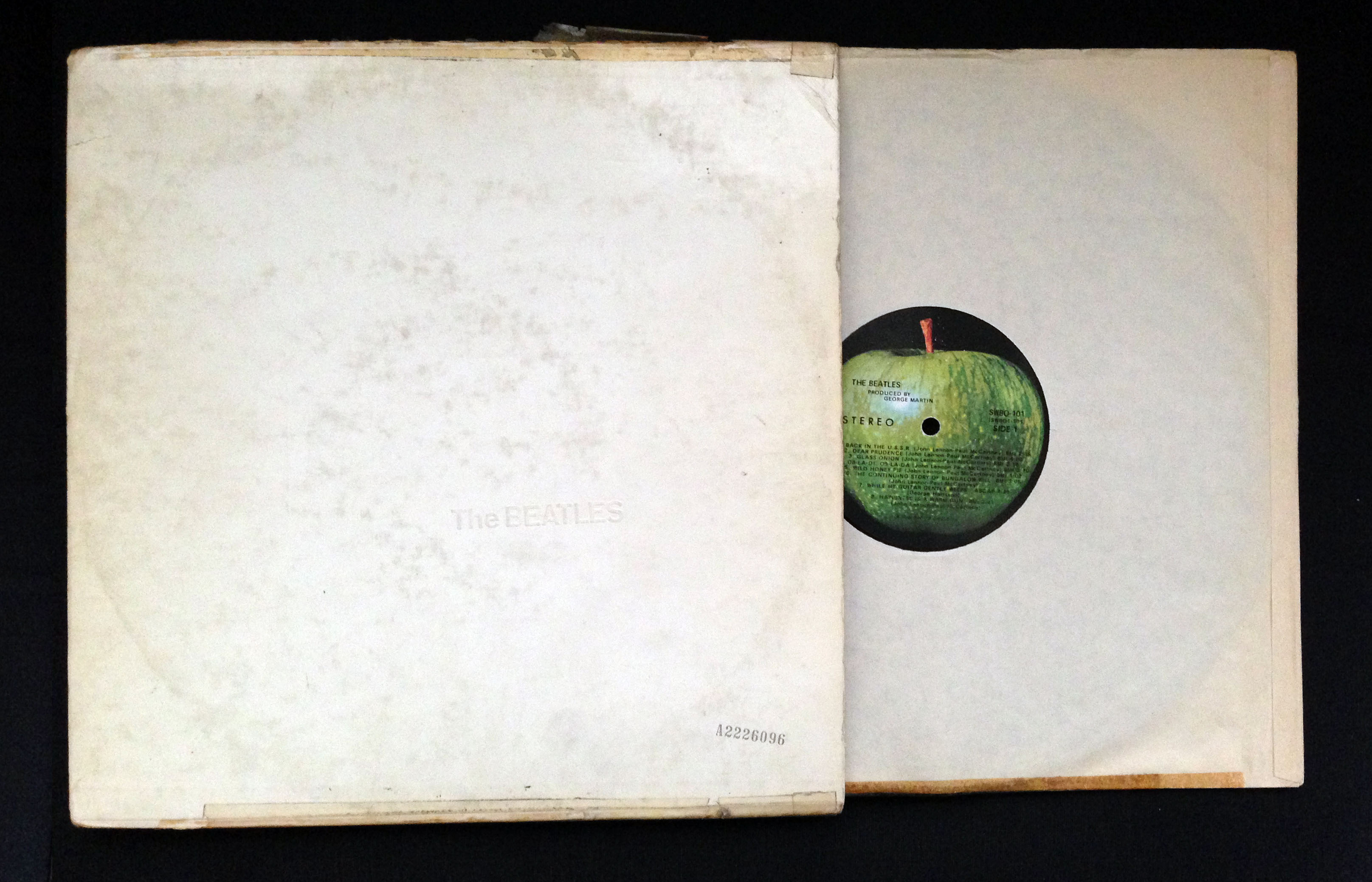Vincent Bugliosi, the man who prosecuted Charles Manson and his family and then detailed the case in his book Helter Skelter, has died at age 80. Indirectly, I owe some of my career trajectory to him.
Mood music:
https://youtu.be/0rC3l3niTaE
I’ve chronicled my interest in the Manson case at length in this blog. Those posts capture the mental health issues that led to the crimes, as well as my own OCD-fueled obsession with the case. But Bugliosi’s influence on me is rooted in his best-selling book. I never met the man, though I’ve read Helter Skelter too many times to count and have even visited the scenes of the Tate-Labianca murders. Those who haven’t read it assume the book is all blood and gore.
Far from it.
Read my Manson-related posts in this anthology.
Yes, Bugliosi describes the murder scenes in chilling detail. But the book is mostly about him building the case against Manson and his followers. There’s a lot of rich detail about police and detectives clumsily tainting the crime scenes and working against each other to feed their egos, missing important clues that could have solved the case sooner.
He pieces together the gathering of evidence, the rounding up of witnesses and his uphill battle to convince the jury of the bizarre Helter Skelter motive. Along the way, there’s the endless display of disruptive tactics from defense attorneys and the occasional roadblocks tossed in by the judges, especially the one who presided over the separate trial for Charles “Tex” Watson, Manson’s lead killer.
The book has lessons on just about everything journalists need to know:
- Police and detective work
- Politics
- Court procedure
- Forensics
- The importance of thorough research and investigation
I used to push the book on reporters when I was a newspaper editor, especially those covering the cops and courts. It fueled my passion for news gathering and had more than a little to do with my pursuing a writing career.
Even now, as someone working in the information security industry, I get a lot of use from the book. If you look closely at Bugliosi’s gathering of forensics and tireless research into what made the bad guys tick, you see many traits of a good security researcher.
I’m forever grateful to Bugliosi for inspiring me down this path. May he rest in peace.





